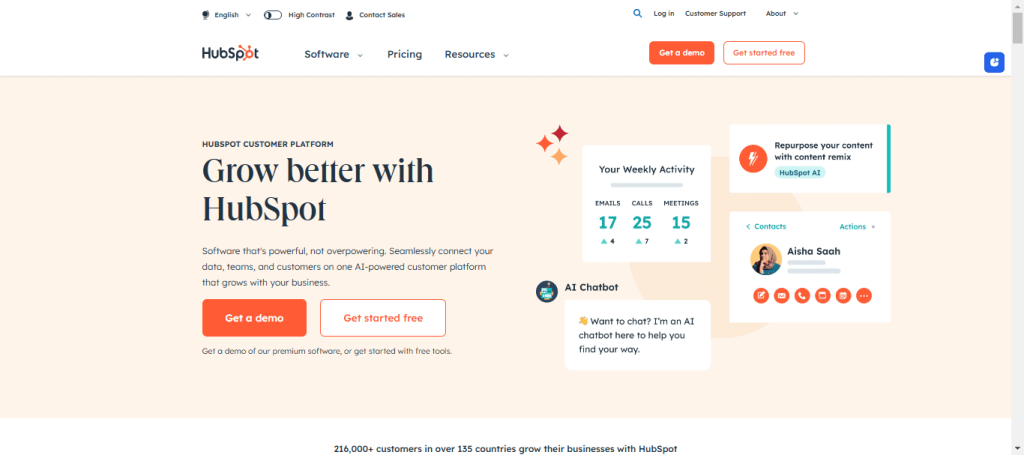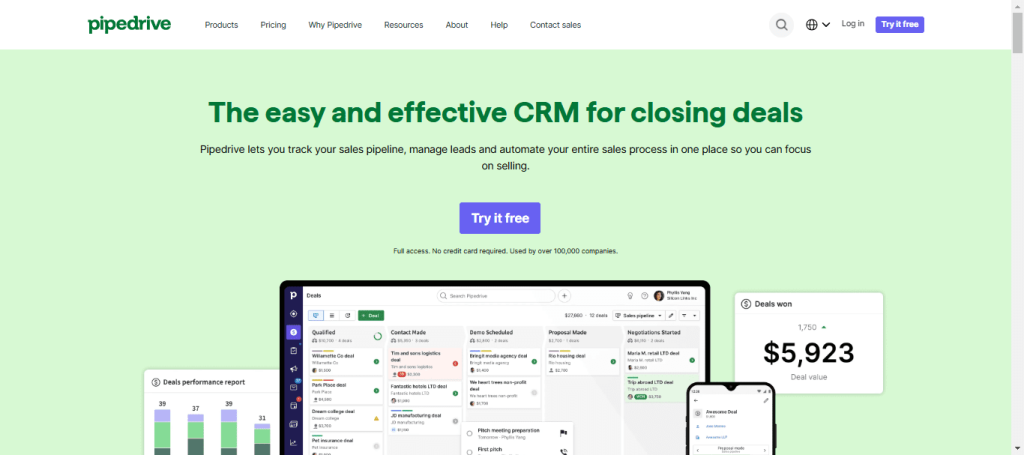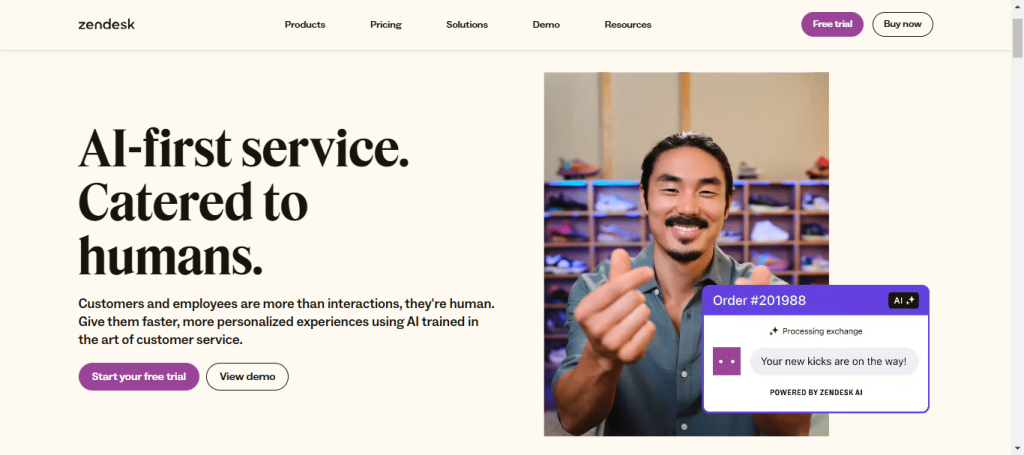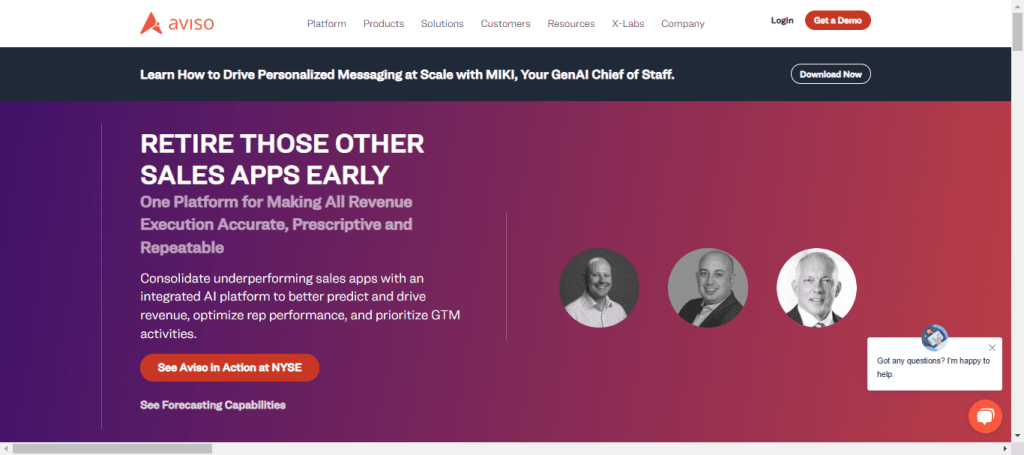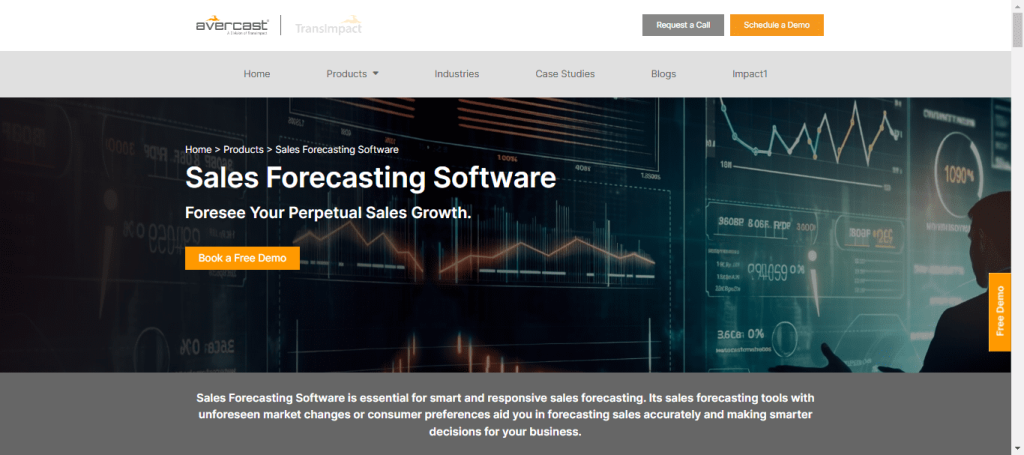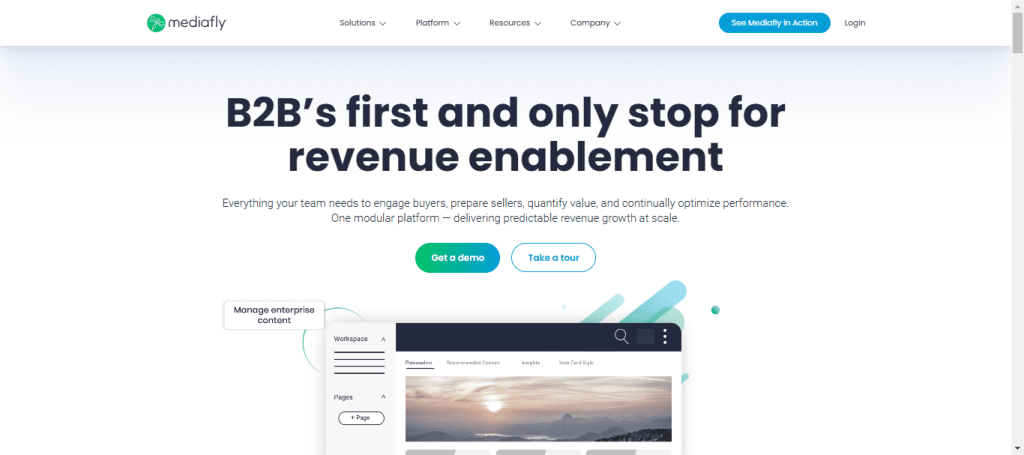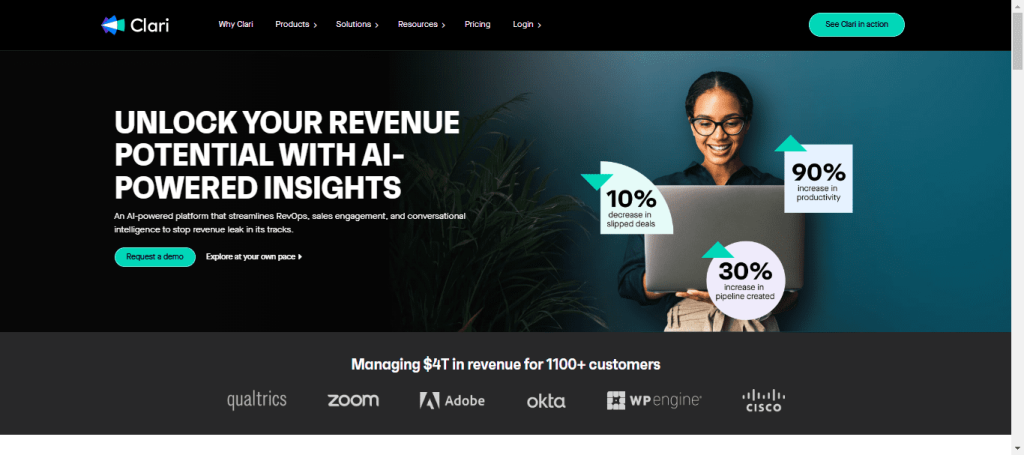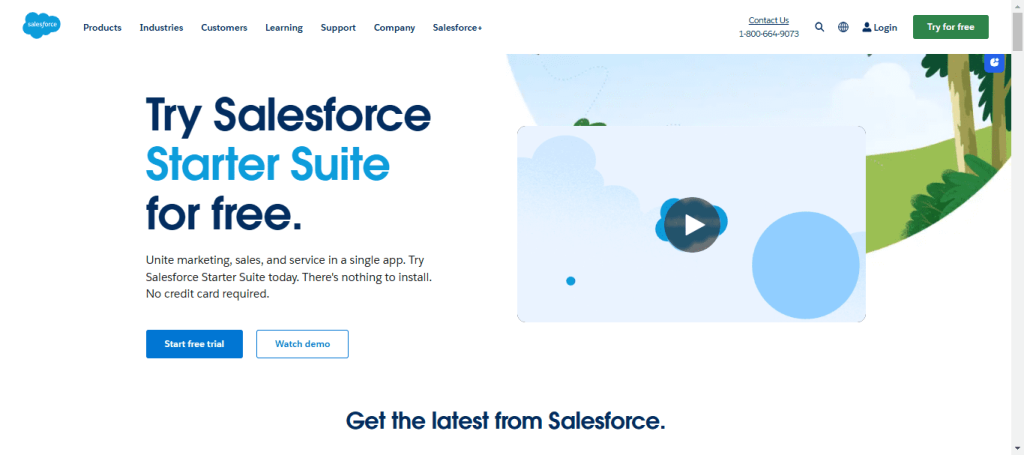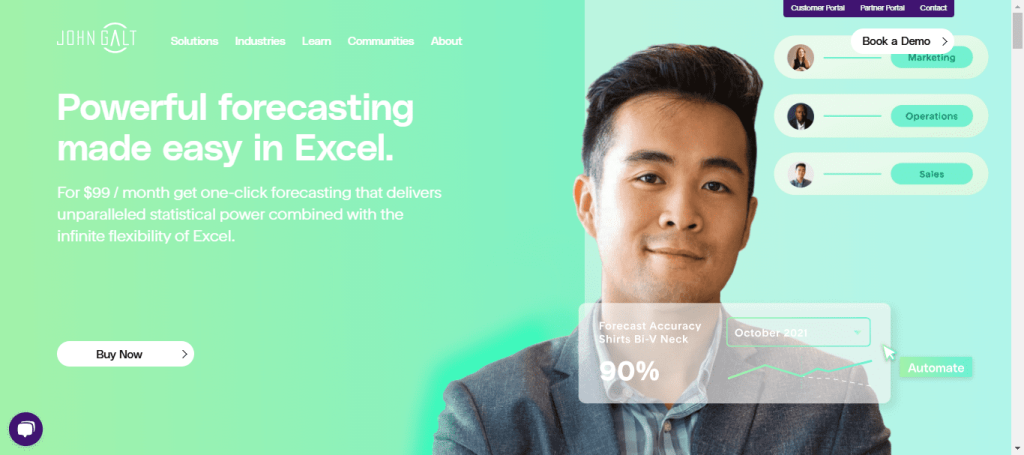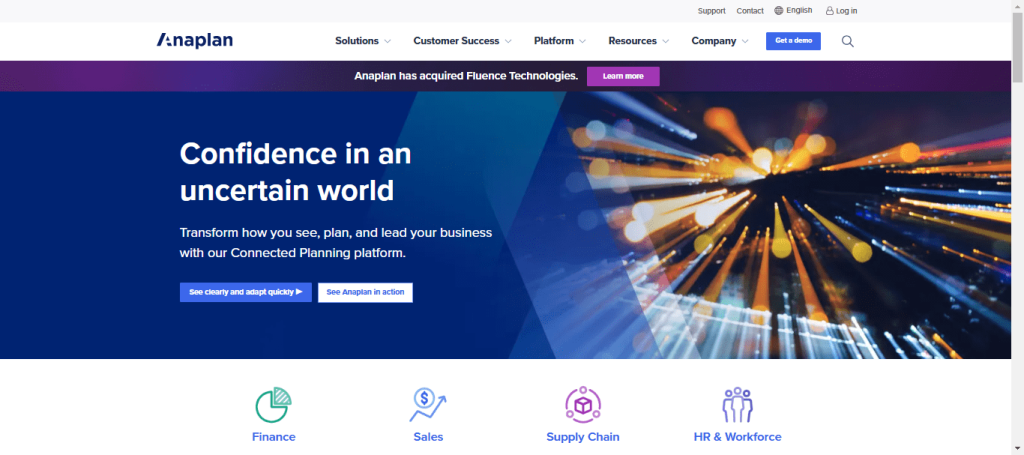In the wild (in sales), hitting your numbers can feel like balancing on a tightrope.
You hustle, you charm, you maneuver deals through the pipeline, but sometimes unforeseen storms (think: a competitor price slash or sudden market shift) can send your targets tumbling.
And your sales reps—71% of whom say closing more deals is their main goal—spend only 39% of their time talking to leads and customers.
So, how do you stay on top of your sales quota?
Enter sales forecasting tools: your trusty guide and guardian against nasty surprises.
This article isn’t just about the 12 best sales forecasting software options for 2025, we’ll also show you how to use them like a champ. No more guesswork, just spot-on predictions to impress the boss and crush your quota.
Buckle up and get ready to ditch the sales struggle for smooth sailing!
What are sales forecasts?
Let’s speak fundamentals—sales forecasts are like a crystal ball for your business, giving you a sneak peek into future sales. All they do is helping you predict how much of your product or service you’ll sell over a specific period, whether it’s the next month, quarter, or year.
Why should you care about B2C or B2B sales forecasts? Simple—they guide your decisions.
With accurate forecasts, you can manage inventory better, allocate resources wisely, and set realistic revenue goals. Imagine knowing ahead of time if you’ll need extra sales pros for a busy season (and you usually don’t…or do need…) or if it’s time to ramp up marketing efforts to hit targets.
Creating a sales forecast means looking at past sales, checking out the current market, and making adjustments for upcoming changes like new product launches or economic shifts.
It’s part art, part science, but with the right tools (we’ll show you everything a bit later), anyone can do it.
What is sales forecasting software?
We’re living in the era of tools and robots (think: AI and automation), and the days of Excel and handmade sales reporting are fading. That’s why every task, especially sales forecasts, needs specific tools.
Sales forecasting software is your business’s secret weapon for predicting future sales with precision and ease. Think of it as a supercharged calculator that blends data analytics, machine learning, and user-friendly interfaces to give you accurate sales predictions.
This software takes the heavy lifting out of sales forecasting.
Instead of manually crunching numbers and sifting through spreadsheets, you get instant insights at your fingertips with this sales automation software. It analyzes past sales data, current market trends, and other relevant factors to generate forecasts that are not just accurate but also actionable.
Why use a sales forecasting platform? It saves you time, reduces errors, and provides a clear picture of your sales landscape.
But why? Because with this tool in your toolstack, you are going to easily adjust your sales and GTM strategies based on real-time data, making your planning more dynamic and responsive.
How does the sales forecasting tool work?
Sales forecasting tools give you a sneak peek into your future sales. If you’re still not sure how they work, here’s a quick and easy breakdown:
- Data collection → the tool gathers historical sales data from various sources like your CRM, ERP, and even spreadsheets (please, let the latter go, it’s 2025 here). It can also pull in external data like market trends, economic indicators, and seasonal patterns.
- Data analysis → once the data is collected, the tool uses complex and smart algorithms and AI sales tools to analyze it. This process identifies patterns and trends that might not be obvious at first glance.
- Predictive modeling → it’s the heart of the tool. These models use the analyzed data to forecast future sales. They take into account various factors such as past performance, current market conditions, and potential disruptions.
- Scenario planning → good forecasting tools also allow you to run different scenarios. Want to see how a new product launch might affect your sales? Or what happens if there’s an economic downturn? The tool lets you simulate these situations to plan accordingly.
- Visualization → finally, the tool presents the forecast in easy-to-understand visuals like graphs and charts (your Excel cannot do such things, for sure). This makes it simple to grasp complex data at a glance and share insights with your team.
So, that’s how the sales forecasting tool works. Now, the best part of the article…
What are the 12 best sales forecasting tools?
Alright, now that we’ve covered the basics, it’s time to dive into the fun serious part—our top sales forecasting software picks for 2025.
Think of this as your go-to guide for finding the perfect tool to help you predict future sales with ease and accuracy.
Let’s kick things off with the hottest player on the market: HubSpot.
HubSpot → for driving sales growth
The ‘inbound champ’, HubSpot, typically uses deal stages to predict revenue based on how likely deals are to close.
But if you need more flexibility, you can set up forecast categories to group deals. This way, you and your team can adjust the forecast based on your insights without losing track of your sales progress.
Pro tip: Connect Reply.io with HubSpot and supercharge your sales game. Track, automate, and grow faster than ever. Ready to see your efficiency soar?
Using HubSpot’s forecast tool in one-on-one meetings with your reps is really useful. It shows where they need to focus to hit their monthly or quarterly targets.
Before diving in, make sure your user has Forecast permissions. Then, assign revenue goals to your team and set up forecast categories if needed.
![12 Best Sales Forecasting Software in 2025 [And How to Use It] 12 Best Sales Forecasting Software in 2025 [And How to Use It]](https://reply.io/wp-content/uploads/forecast-1080x567.jpg)

